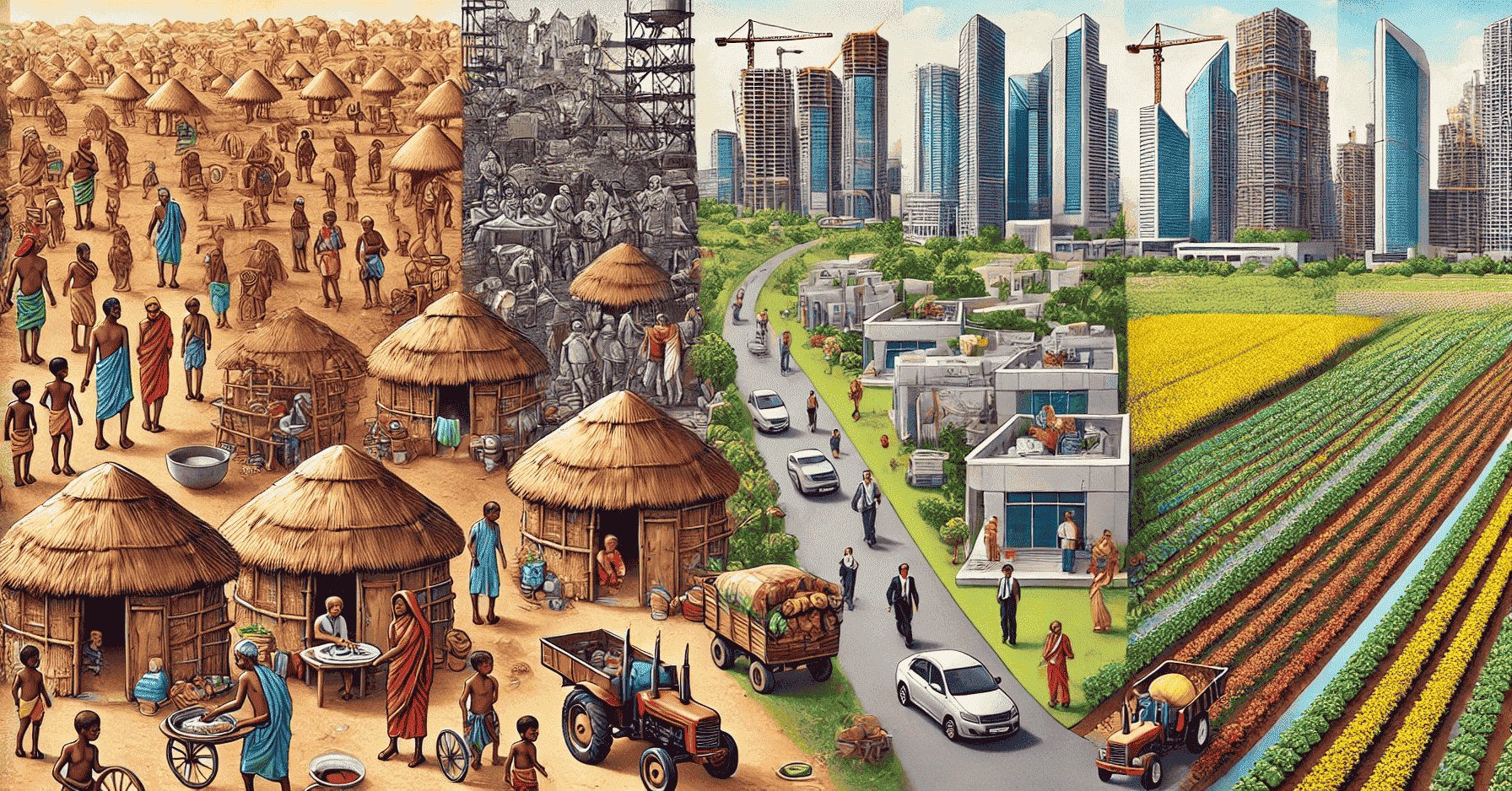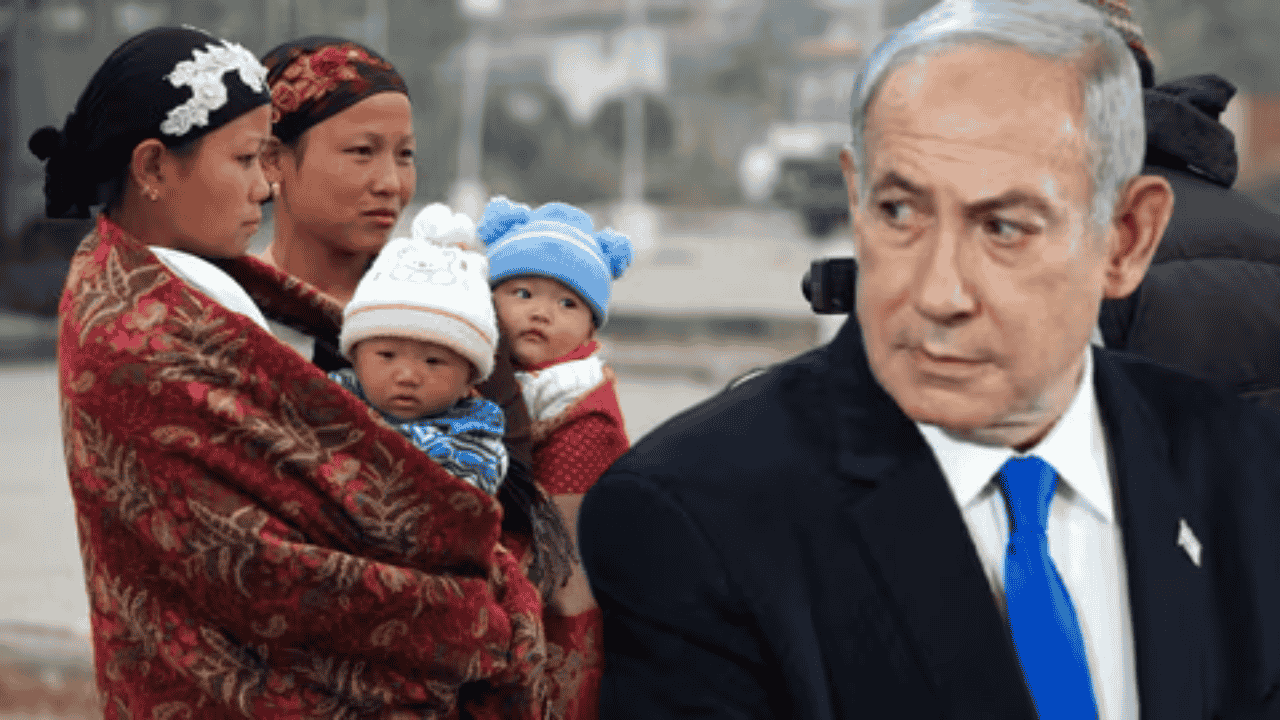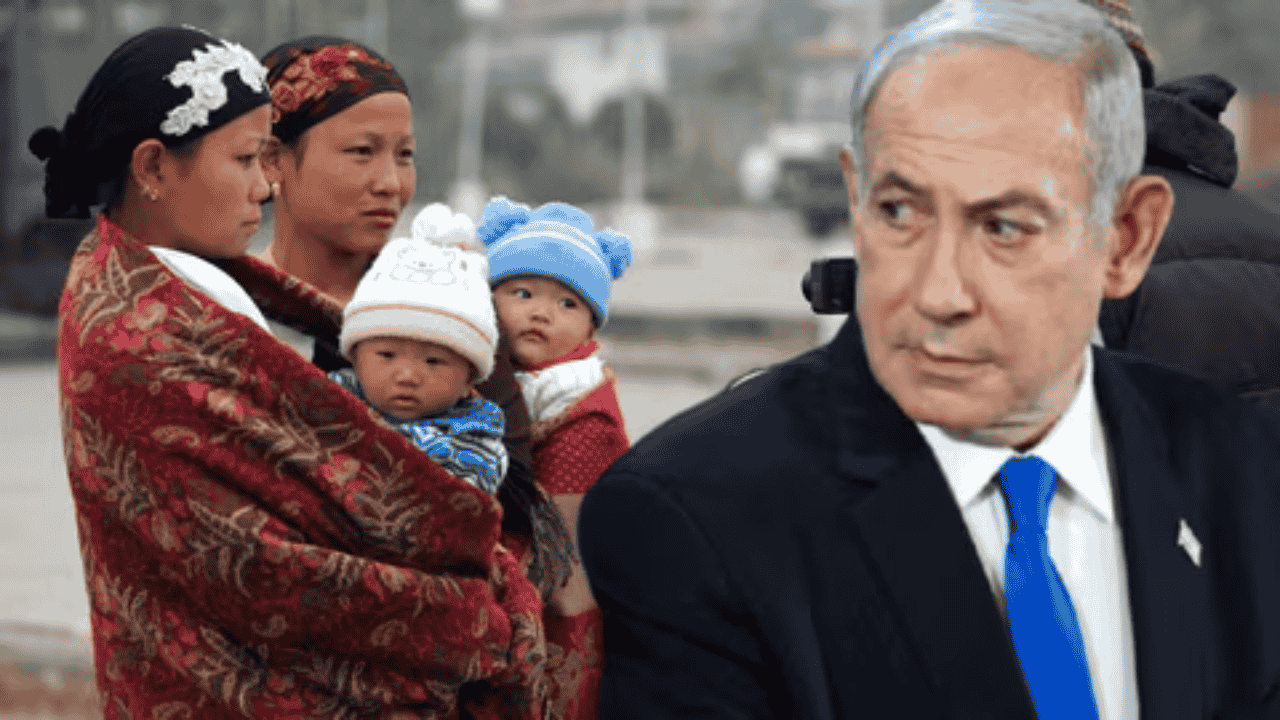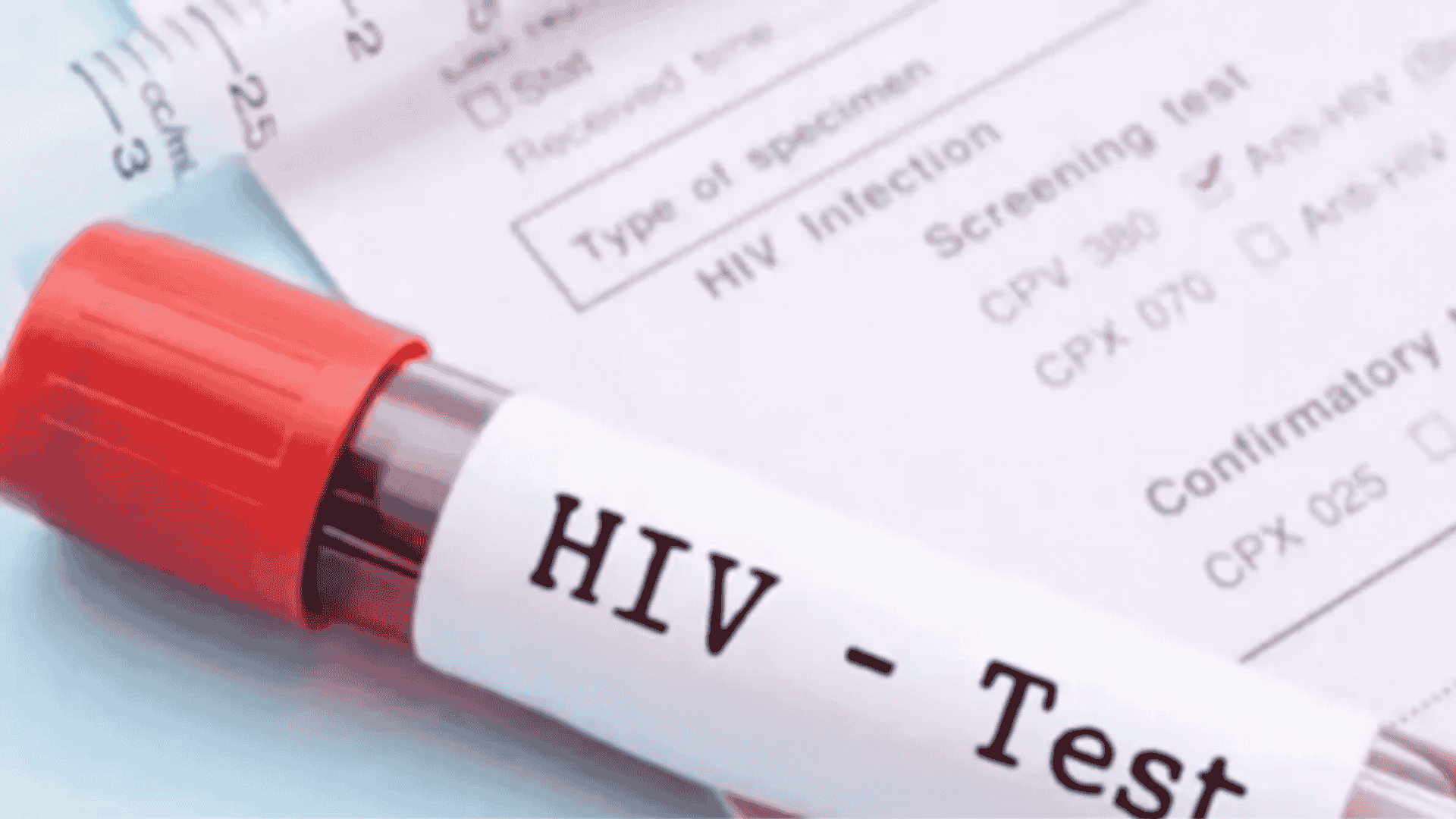India’s Poverty Scenario: 1995 vs. 2024
In 1995, the World Bank reported that nearly half of India’s population lived below the international poverty line. However, over the past 30 years, India has significantly reduced poverty, with only 1% of families now falling below the global poverty line ($2.15 per day).
This achievement challenges the global belief that manufacturing-led industrialization is the only path to poverty eradication. Even today, more than 40% of India’s workforce remains dependent on agriculture, yet they have successfully risen above extreme poverty.
Key Factors Behind India’s Poverty Reduction
1️⃣ Improved Agricultural Economy
✔ Rural wages and farm productivity have increased, reducing economic hardships for farming communities.
✔ Even a slight improvement in land productivity, crop yields, or rural wages has been enough to uplift millions from extreme poverty.
2️⃣ Urban Migration & Job Opportunities
✔ Studies in China, Indonesia, Mexico, and South Africa show that urban migration played a major role in poverty reduction.
✔ Many people moved from villages to cities, securing jobs in factories, construction, and the service industry.
✔ The rural labor shortage caused by migration led to higher wages for remaining workers, indirectly reducing poverty.
3️⃣ Government Policies & Welfare Programs
✔ MNREGA (Rural Employment Scheme), Jan Dhan Yojana, Ujjwala Yojana, PM Awas Yojana, Digital India, and Atmanirbhar Bharat initiatives have significantly improved financial security.
✔ Public Distribution System (PDS) provided affordable food to low-income families, ensuring food security.
✔ Increased access to education and healthcare has helped the poor find better employment opportunities.
4️⃣ Economic Progress Across Generations
✔ A University of California study found that today’s young generation is in a much better position than previous generations.
✔ Better access to education and nutrition has helped young people secure higher-paying jobs.
✔ Each new generation enjoys a better quality of life than their parents, indicating sustained economic progress over time.
The Need for a New Poverty Definition
- Former IMF Executive Director Surjit Bhalla and NYU’s Karan Bhasin argue that the $2.15/day poverty line is now outdated for India.
- Since almost all Indians are above this threshold, a new poverty benchmark is needed to measure future progress accurately.
India’s Transformation: A Real-Life Example
📌 India in 1995:
- Rural areas were dominated by straw huts, barefoot elders, and malnourished children.
- Daily wages were as low as 1.5 kg of grain for a full day’s work.
- People slept on dry leaves during winter nights due to lack of proper shelter.
📌 India in 2024:
- Most villagers now own land, have proper homes, and send their children to school.
- Many have shifted to non-farm jobs, businesses, or government services.
- Government initiatives and rural economic growth have improved living standards nationwide.
Conclusion: India’s Path to Future Growth
📌 India has successfully eliminated extreme poverty without relying on large-scale industrialization.
📌 Education, healthcare, and social welfare programs have played a major role in lifting millions out of poverty.
📌 Urbanization and rural economic growth have ensured higher incomes and better opportunities.
📌 India must now redefine its poverty benchmark to track future development accurately.
Keywords:
- Poverty reduction in India
- India’s economic growth 2024
- India’s rural development
- Indian economy and poverty
- Government schemes for poverty reduction
- Agriculture and employment in India
- India’s poverty line 2024
By Team Atharva Examwise #atharvaexamwise








